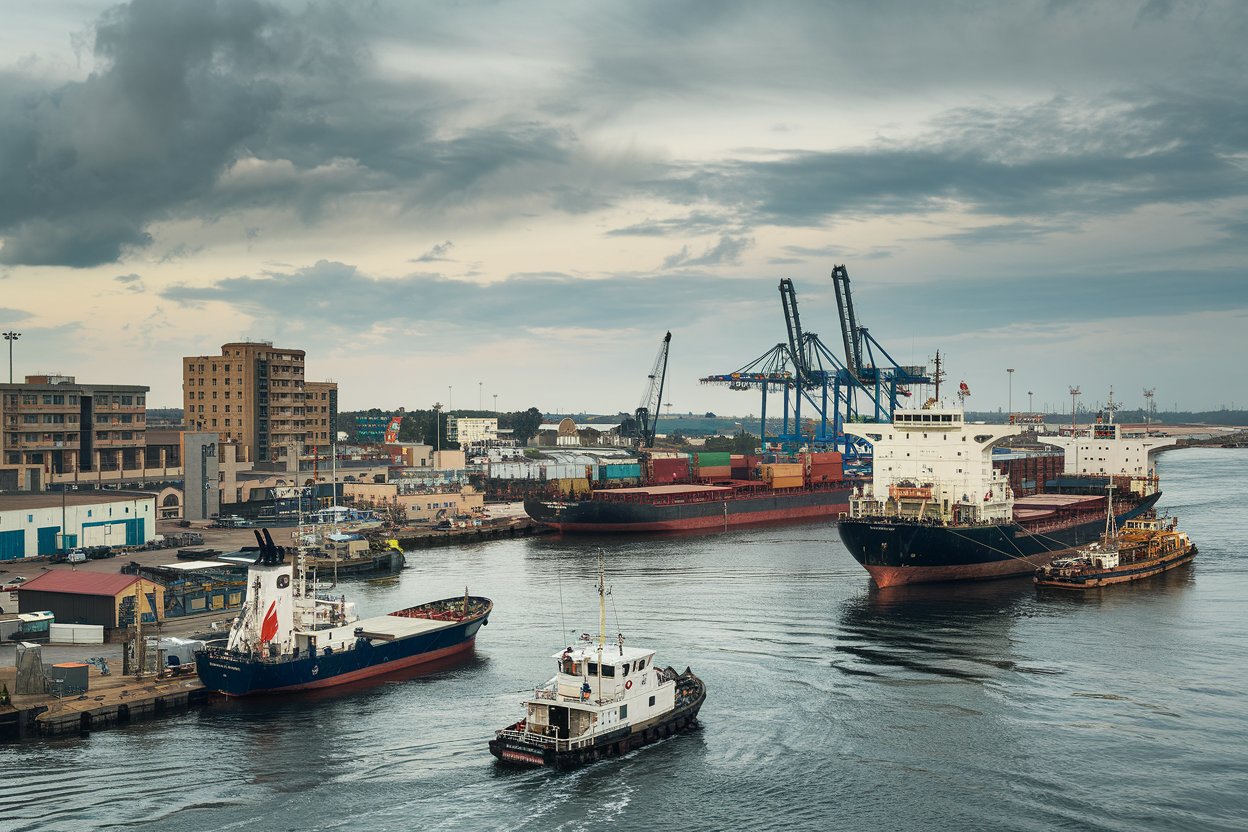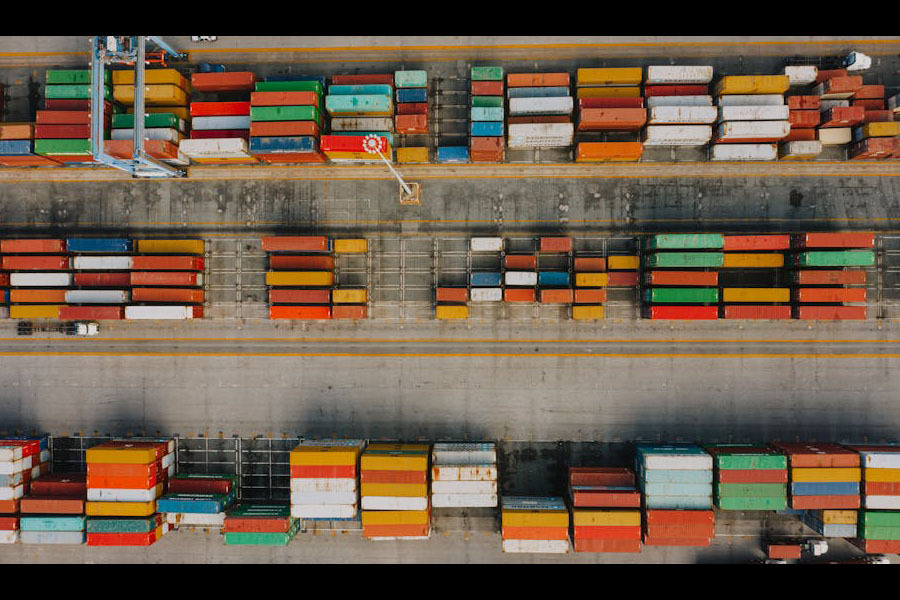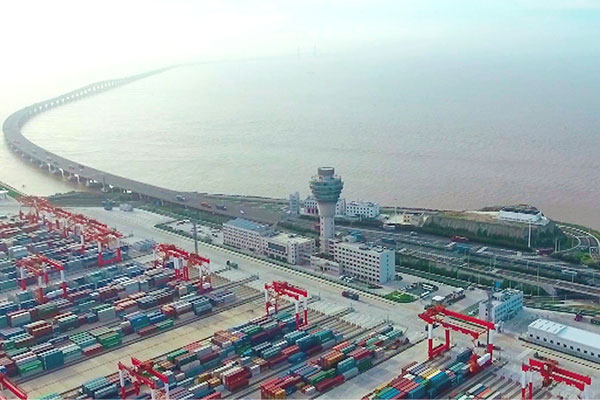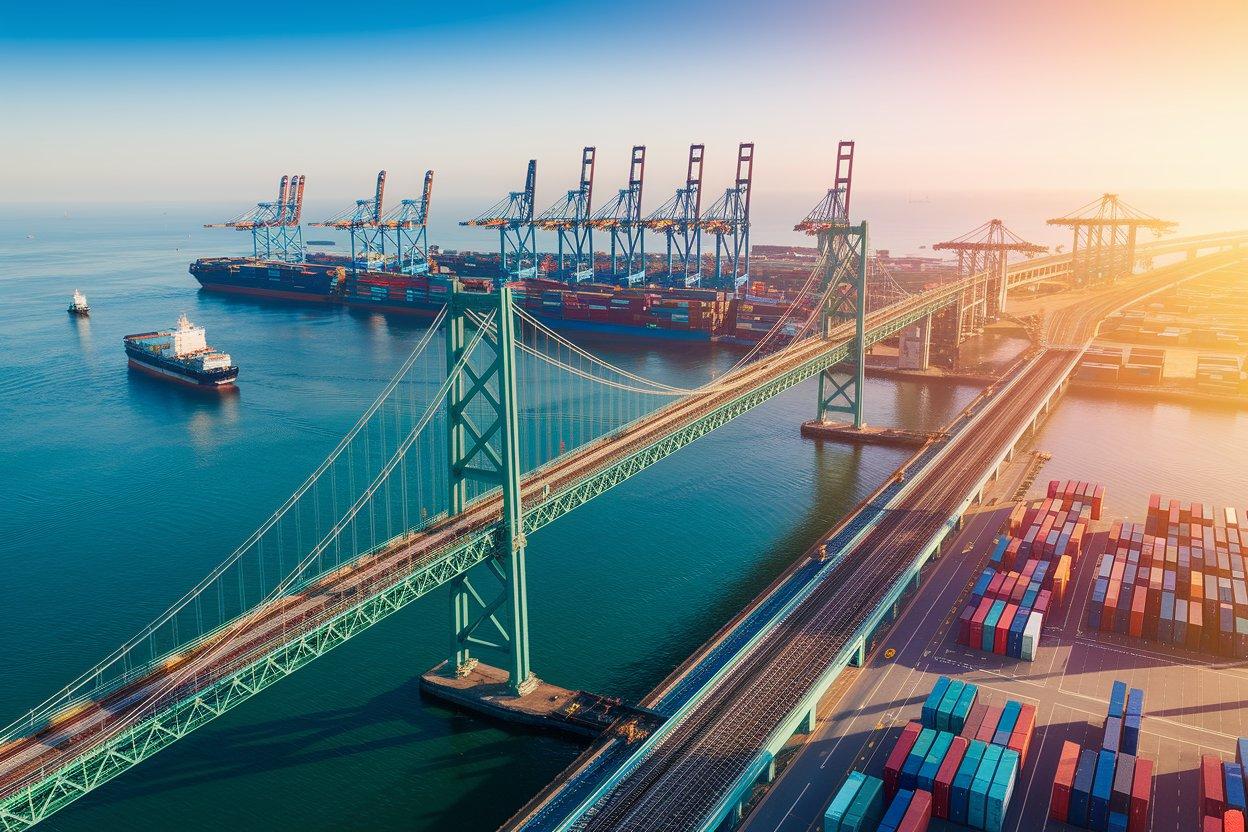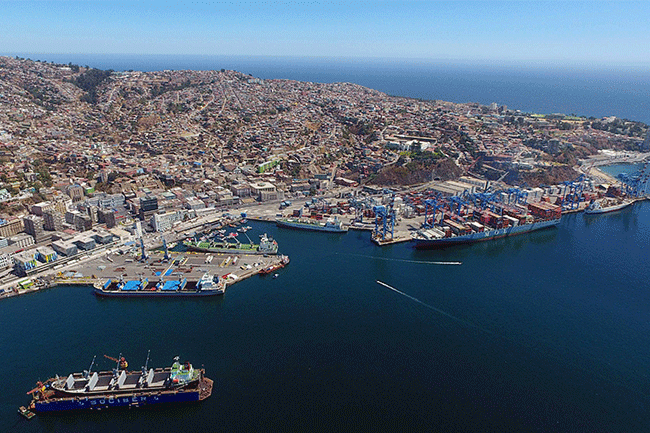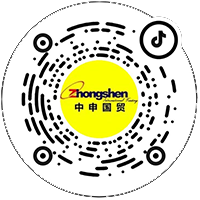- 20 Years of Expertise in Import & Export Solutions
- +86 139 1787 2118
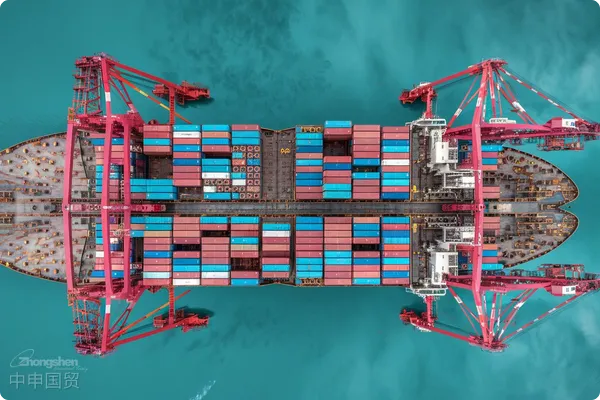
Importing Fashion & Textiles?Foreign trade?A Multi-dimensional Analysis of
In today's wave of globalized economy, the trade of imported fashion and textile products is becoming increasingly frequent. For the many enterprises and practitioners engaged in importing such products, a deep understanding of the entire foreign trade process, responding to changes in the international trade situation, and utilizing professional foreign trade agency services are crucial.
Professional document processing and logistics arrangement
Document handling plays a crucial role in the process of importing fashion and textile products. A series of documents, from commercial invoices and bills of lading to packing lists, must be accurate. The commercial invoice needs to clearly state key information such as the description, quantity, and value of the goods. It is not only an important voucher for the transaction between the buyer and seller but also the basis for customs taxation. The bill of lading is the document of title, related to the transport and delivery of the goods. Our company has extensive experience in document handling and can ensure the completeness and accuracy of the documents, avoiding delays or fines caused by documentation issues.
In terms of logistics arrangements, the most suitable mode of transport is chosen based on factors such as the nature, quantity, and delivery time of the goods. For fashion and textile products, timeliness is relatively critical. If the quantity of goods is large and the time requirement is not particularly tight,?Ocean shipping?is an economical choice. But for some new clothing items or textile fabrics that need to be launched urgently,?Air freight?can meet the demand for rapid delivery. We maintain long-term good cooperative relationships with major shipping companies and airlines, which allows us to secure competitive freight rates and space, ensuring the goods are delivered on time and safely. For example, a client once imported a batch of limited edition fashion clothing with a very tight delivery time. By coordinating with the airline, we promptly arranged for air freight, ensuring the goods were on the shelves within the specified time, helping the client seize a market opportunity.
VTB in the Russian market?Foreign exchange settlement?Advantages
When it comes to the import trade of fashion and textiles in the Russian market, settlement is an important link. In Russia, VTB Bank has a unique advantage. Settlement of exchange, simply put, is the process of converting foreign currency earned from exporting goods into the national currency. In trade with Russia, settling through VTB Bank is a relatively convenient process. Generally, after the goods are delivered and the relevant documents are obtained, the enterprise submits the documents to VTB Bank. After the bank verifies them, it will convert the foreign exchange into RMB or another agreed currency at the current exchange rate and pay it to the enterprise.
VTB Bank holds an important position in the Russian financial system, with a good reputation and an extensive settlement network. For enterprises importing fashion and textile products, choosing VTB for settlement can reduce risks in the settlement process and speed up capital recovery. For example, some enterprises previously faced delays in payment arrival and large exchange rate fluctuations when settling through other channels. After adopting VTB settlement, these problems were effectively solved, allowing the enterprises to plan their funds more accurately and arrange subsequent procurement and production activities.
Southeast Asian market?Import/export?Process and Solution
The Southeast Asian market has become a popular region for importing fashion and textile products in recent years. Taking the import process as an example, the first step is preliminary market research and supplier selection. It is necessary to have a deep understanding of the characteristics of the fashion and textile industries in different Southeast Asian countries. For example, Vietnam's textile industry is known for its cost advantage, while Thailand is unique in the production of some specialty fabrics. Suitable suppliers are screened through various channels such as industry exhibitions and B2B platforms, and a purchase contract is signed.
After the contract is signed, it is the document preparation stage. In addition to the common commercial invoice, bill of lading, etc., special documents such as a?Certificate of Origin?certificate may also be involved. A certificate of origin is crucial for enjoying the preferential tariffs of the free trade agreements signed between Southeast Asian countries and our country. For example, under the China-ASEAN Free Trade Agreement, eligible fashion and textile products can enjoy lower tariff rates.
In terms of logistics and transport, Southeast Asia is geographically close to our country, and sea freight is the main mode of transport. After the goods are loaded at a Southeast Asian port, they can usually reach our ports in a few days to more than ten days. After arriving at the destination port, it is the customs clearance stage. Accurate documents must be submitted for clearance, and customs duties and value-added tax must be paid according to the regulations of our customs. Our company is familiar with the trade regulations of the Southeast Asian market and the relevant policies of our customs and can provide clients with professional customs clearance guidance and assistance to ensure the smooth customs clearance of the goods.
For exporting fashion and textile products to the Southeast Asian market, the process is similar but in the opposite direction. It should be noted that the market access standards and certification requirements of various Southeast Asian countries are different. For example, some countries have strict environmental standards for textiles, and enterprises need to ensure their products comply with the relevant standards to successfully enter the local market.
Challenges and Opportunities in the Current International Trade Landscape
The current international trade situation is complex and ever-changing, which brings many challenges to importing fashion and textile products. The rise of trade protectionism has led various countries to continuously introduce new tariff policies and trade barriers. For example, some countries have increased the import tariffs on fashion and textile products, increasing import costs. At the same time, the ongoing impact of the global pandemic has also impacted the supply chain, with frequent problems such as logistics blockages and fluctuations in raw material prices.
However, challenges and opportunities coexist. With the gradual recovery of the global economy, consumer demand for fashion and textile products is also picking up. The rise of emerging markets, such as Southeast Asia and Africa, provides a broader market space for the import business. In addition, the development of digital trade has also brought new opportunities for enterprises. Through e-commerce platforms, enterprises can have more direct contact with overseas suppliers and clients, expand sales channels, and reduce marketing costs.
Moderate mention of product certification services
When importing fashion and textile products, product certification is a crucial step. Different countries and regions have different certification requirements for fashion and textile products. For example, the EU's REACH certification has strict regulations on the content of chemical substances in textiles, and the US's CPSIA certification focuses on the safety of children's clothing. Although our company does not directly provide certification services, it will, with its professional knowledge, provide detailed information on the required certifications and assist clients in preparing relevant materials and coordinating communication with the certification bodies to help clients successfully complete the certification work and ensure their products comply with the regulatory requirements of the target market and can be sold there successfully.
In conclusion, although the foreign trade path for importing fashion and textile products is full of challenges, as long as professional foreign trade agency services are fully utilized, the characteristics and processes of various markets are familiar, and the opportunities brought by the international trade situation are seized, good development can be achieved in this field.
Resources
Contact Us
Email: service@sh-zhongshen.com
Recommended for You
Contact via WeChat

? 2025. All Rights Reserved.
